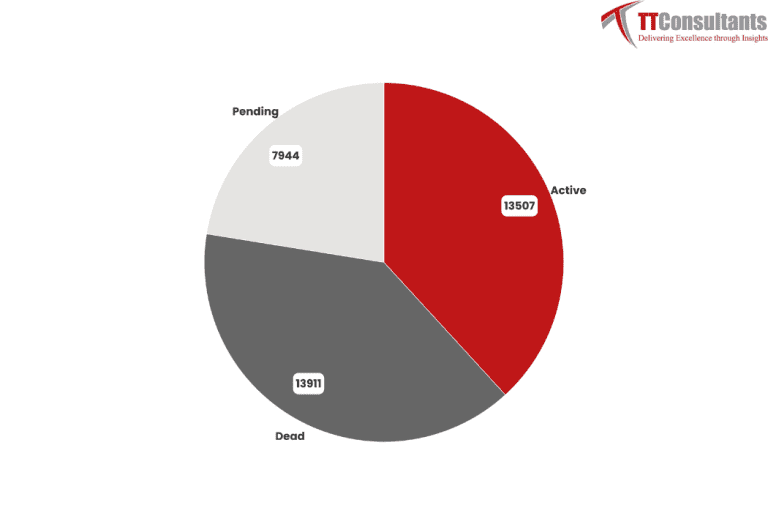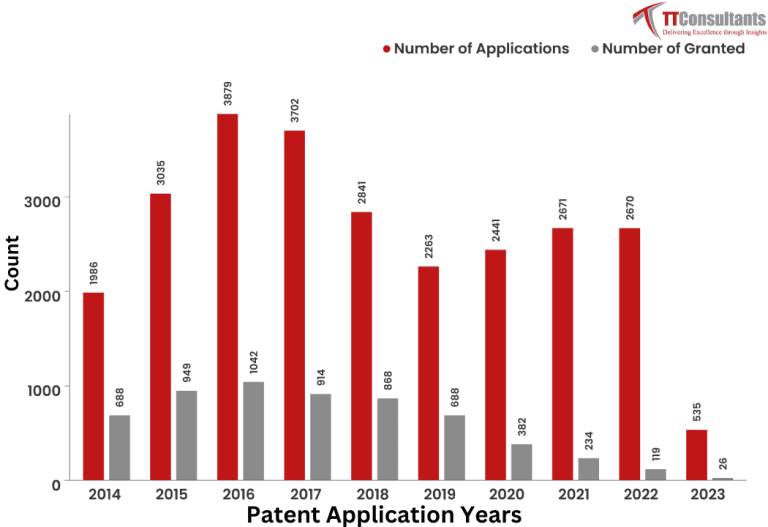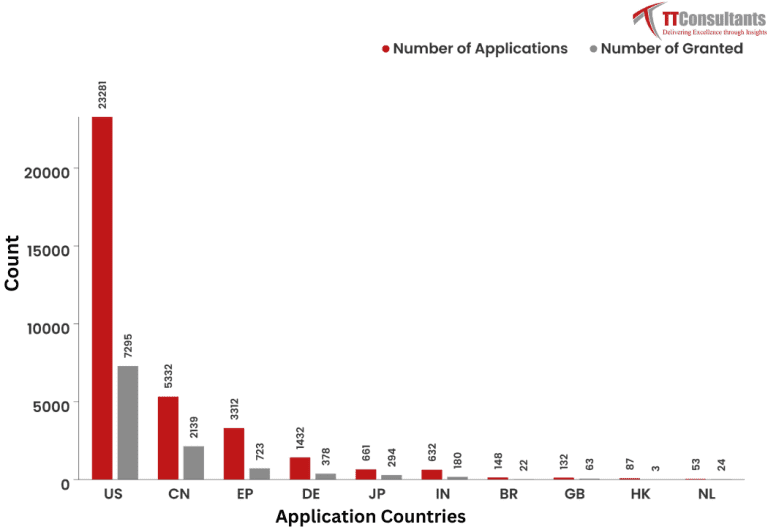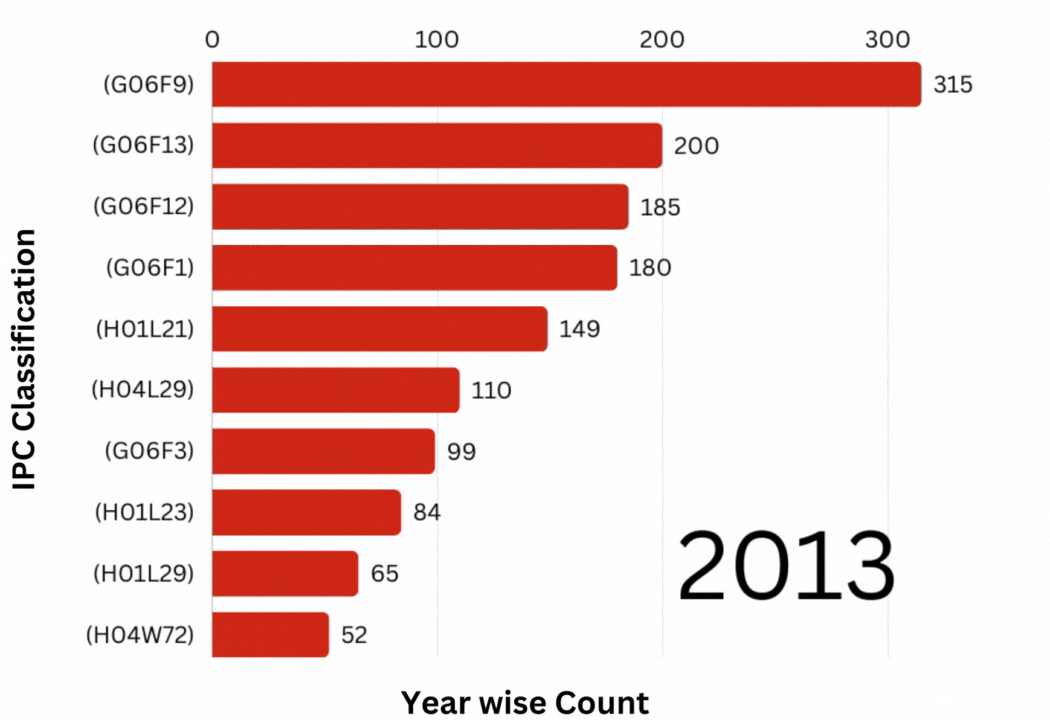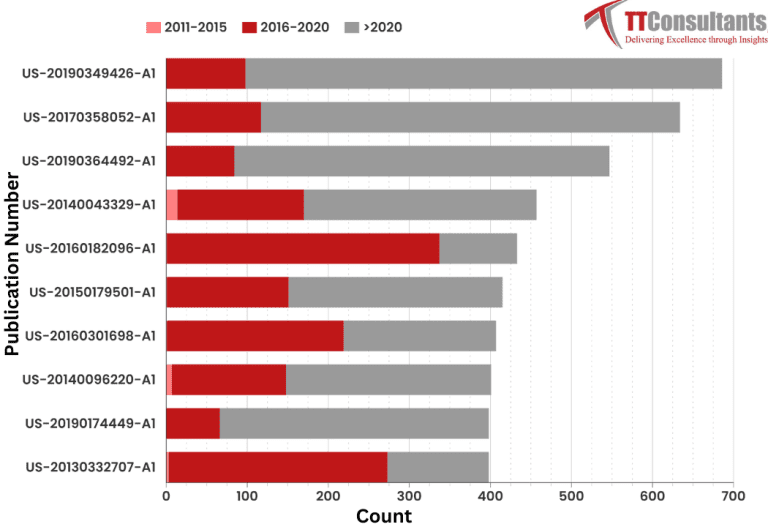Feature | G06F9 (Electrical Digital Processing Systems) | H01L23 (Semiconductor Devices) |
Focus of Innovation | Hardware optimization, distributed computing, resource management, specialized architectures for AI | Materials science, device fabrication, miniaturization, new functionalities |
Key Technological Advancements | Edge computing for real-time applications, Heterogeneous computing architectures, Hardware acceleration (GPUs, FPGAs) for AI, Virtualization & containerization (Kubernetes) | New transistor technologies (e.g., GaN, Graphene), 3D integration and stacking, Advanced lithography techniques (EUV), Integration of novel materials (e.g., spintronics) |
Top Patent Filing Subcategories (Estimated) | Edge computing solutions & security, Resource management in virtualized environments, Hardware acceleration for AI, Distributed computing architectures. | New transistor technologies & fabrication methods, 3D integration and stacking techniques, Advanced lithography methods, Integration of novel materials & functionalities. |
Impact on Industries | Cloud computing, data centers, AI/ML applications, high-performance computing, Internet of Things (IoT) | Consumer electronics, automotive, telecommunications, data storage, computing, power electronics |
Projected Future Trends | Continued focus on hardware/software co-design, specialized computing architectures for AI, deeper integration of AI with resource management, evolution of edge and fog computing | Development of next-generation transistors, continued miniaturization and device scaling, integration of new functionalities (e.g., neuromorphic computing), exploration of novel materials and device architectures |

